Peking University, Oct. 30, 2019: Akira Fujishima, born in Tokyo, 1942, is a chemist and the former president of the Tokyo University of Science. He is recognized for his discovery of the photocatalytic and superhydrophilic properties of in titanium dioxide. His contribution to the discipline of science transformed the ceramic and glass industry due to the self-cleaning properties of titanium dioxide. In addition, Liu Zhongfan, a former student of Akira Fujishima, has become the professor of College of Chemistry and Molecular Engineering at Peking University, and a member of the Chinese Academy of Science, a world-renowned research institute for the natural sciences.
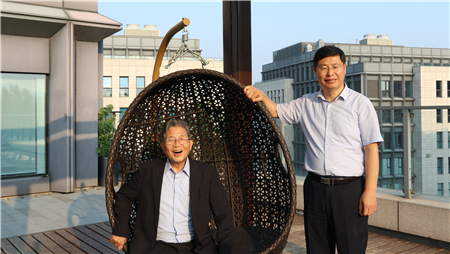 Akira Fujishima and Liu Zhongfan
Akira Fujishima and Liu Zhongfan
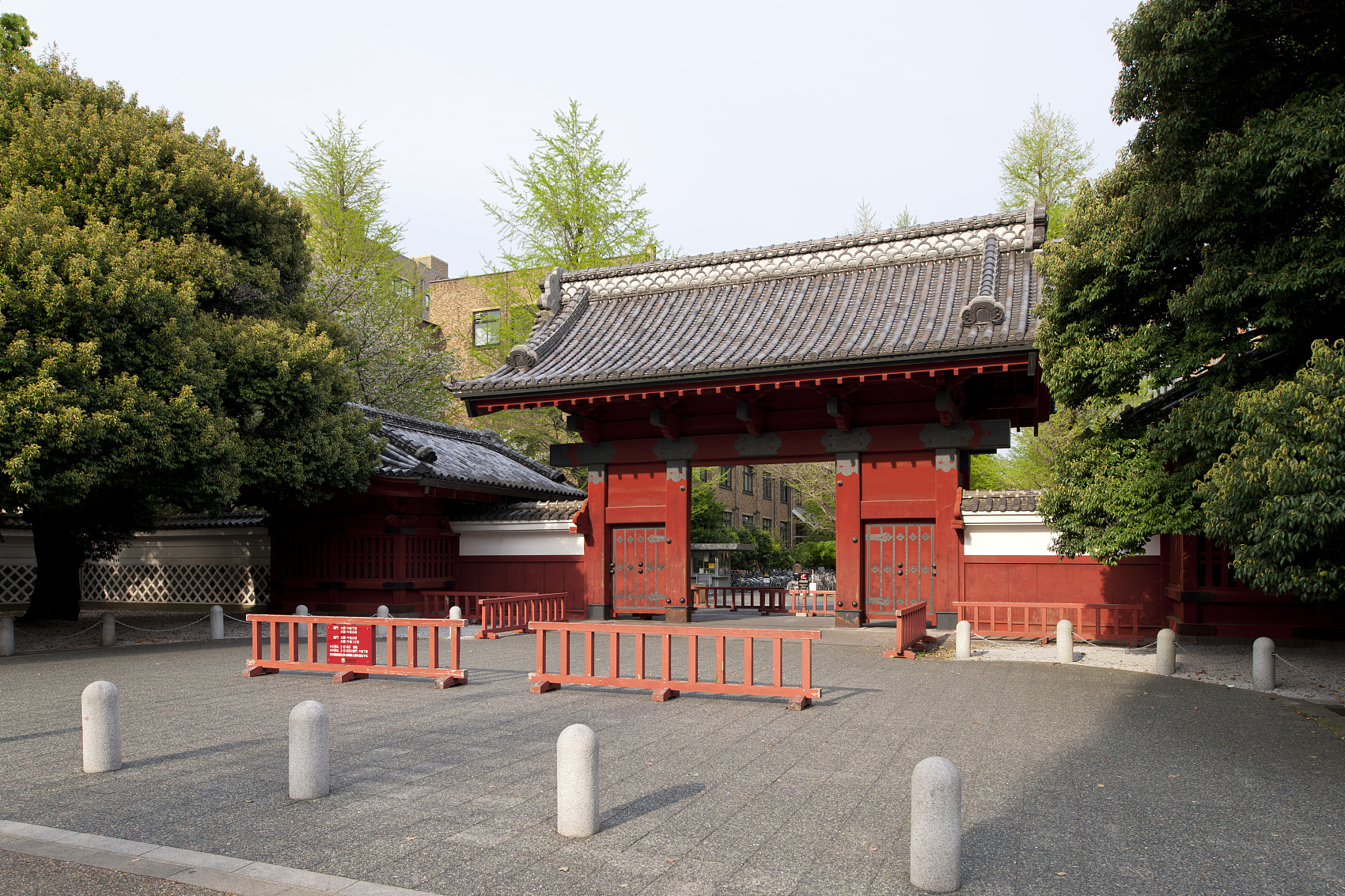
The red gate of the University of Tokyo
Ever since the groundbreaking discovery of the photocatalytic properties of titanium dioxide, Fujishima has been leading a research team to further explore the subject. They have continuously attempted to deepen their knowledge on the subject by exploring new subjects such as the self-cleaning glass, anti-fogging coating, mosquito sweepers, and artificial diamonds. According to Fujishima, “titanium is an incredible substance that can be used for a variety of different purposes.”
In 1975, Fujishima became an assistant professor in the Department of Applied Chemistry at the University of Tokyo, and was eventually promoted as a full professor. After Fujishima’s promotion, Liu Zhongfan became his student. Liu saw Professor Fujishima as a role model, and he devoted himself to his study and research, hoping to someday be able to independently explore the complex field of science. According to Liu, Professor Fujishima encouraged his students to think flexibly and critically. “He never told me what to do, and instead, he just encouraged me to read a lot of articles in scientific journals and repeat experiments that I was interested in.” In the process of repeating these experiments, Liu gradually found his own research interests and ended up publishing over 10 articles. Liu said, "It is Mr. Fujishima who led me to the door of science”.
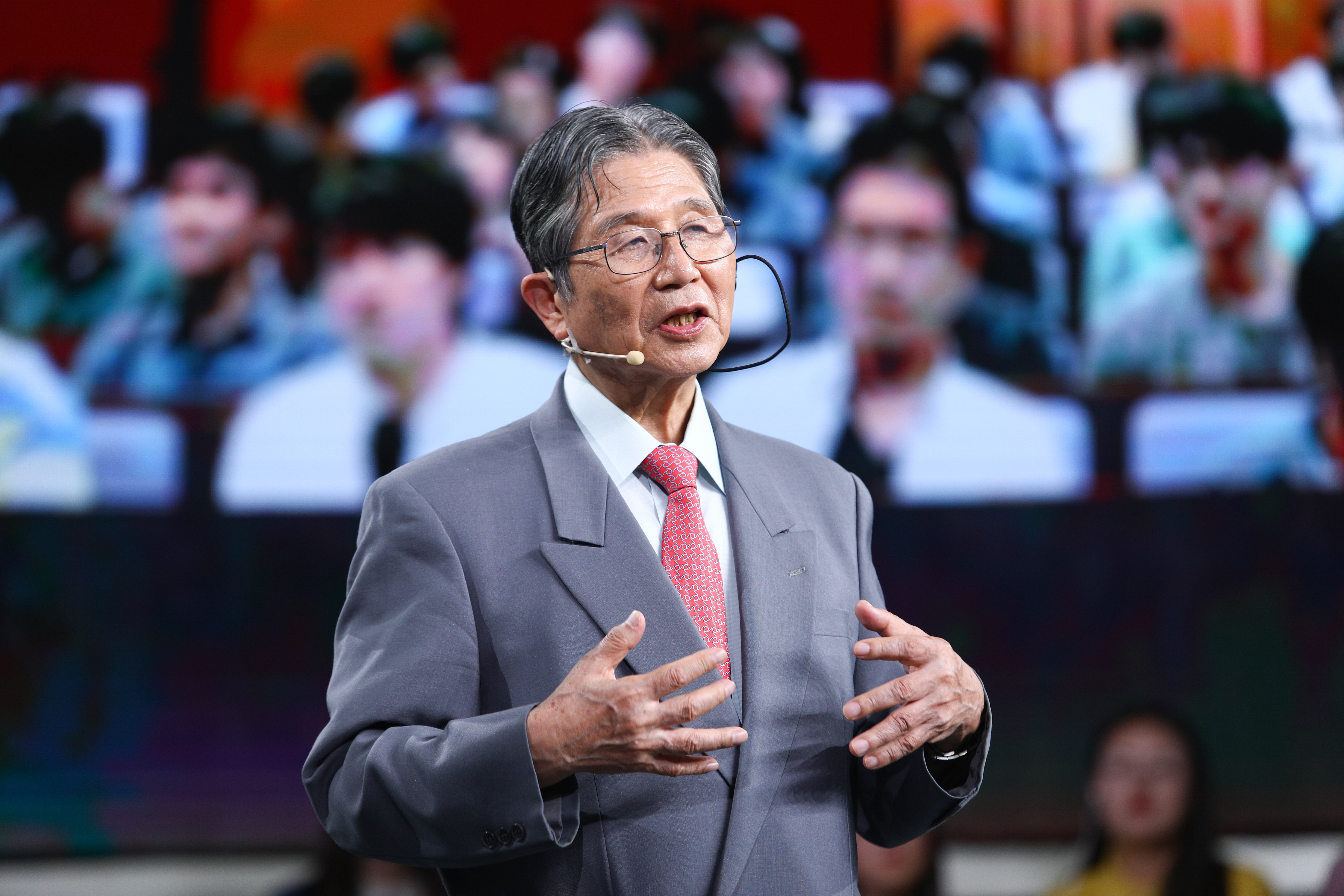
Akira Fujishima
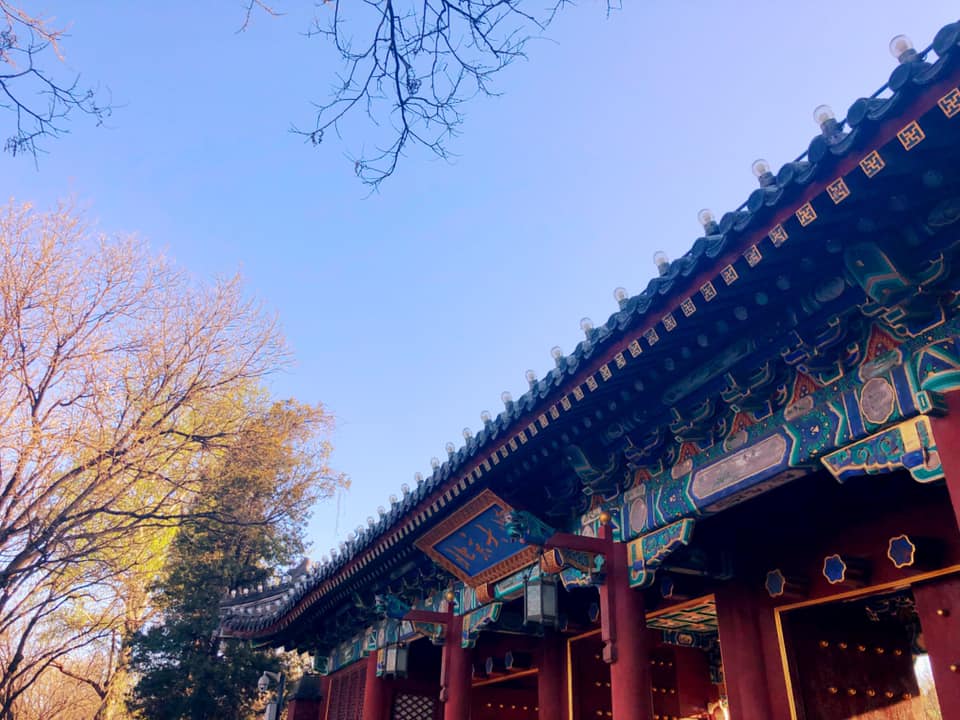
The red gate of Peking University

Liu Zhongfan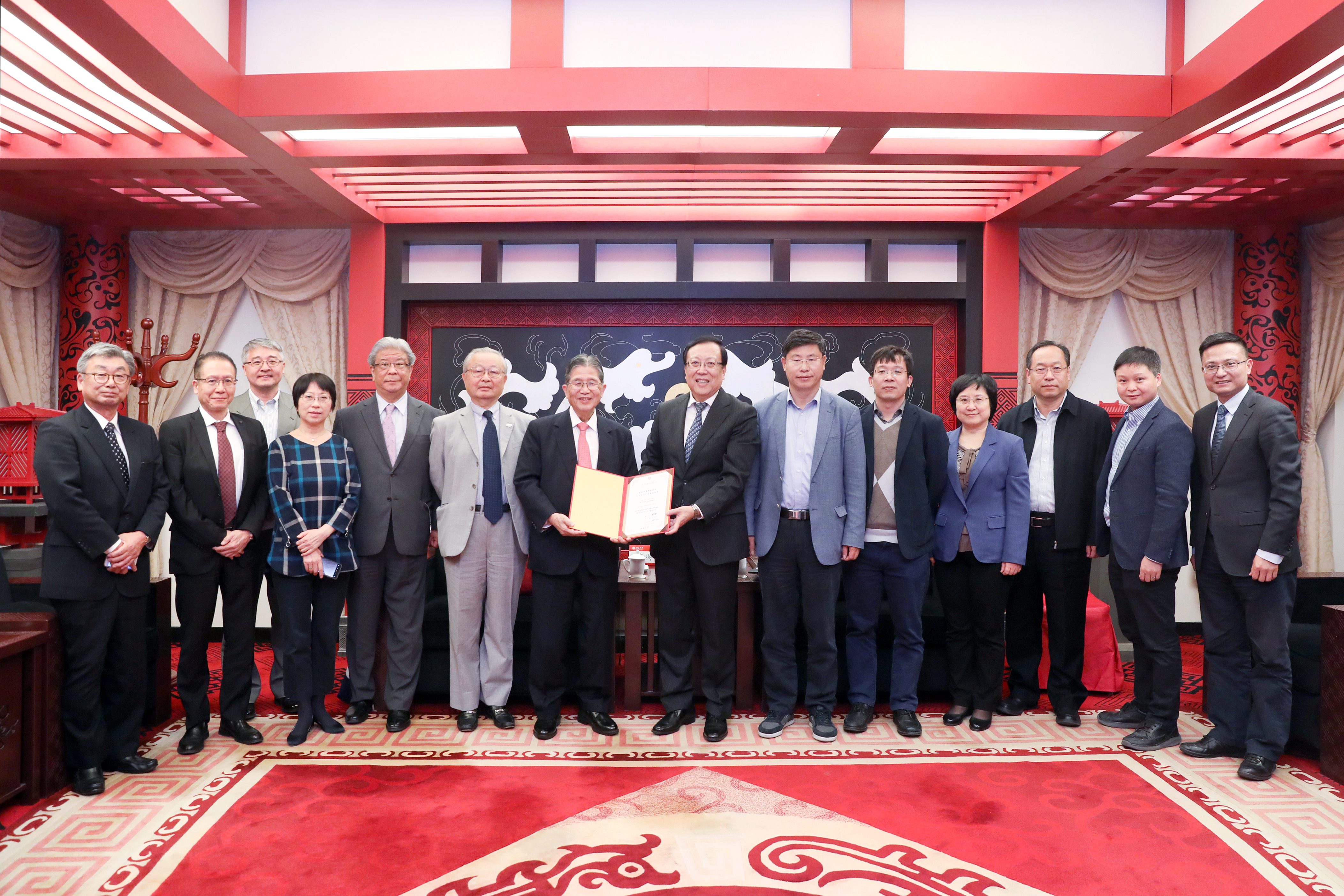 Fujishima was awarded honorary professor of PKU
Fujishima was awarded honorary professor of PKU
Photo Credit to: VCG





